Nagorno-Karabakh And Madrid Principles
Nagorno-Karabakh and Madrid Principles
Basic principles for a peaceful settlement of the Nagorno-Karabakh conflict, transmitted at the OSCE Ministerial Council (Madrid, 29 November 2007) as an official proposal of France, the Russian Federation and the United States of America, as Co-Chairs of the OSCE Minsk Group, for consideration by the Presidents of Armenia and Azerbaijan
We, the Presidents of Armenia and Azerbaijan, agree that the stability, security, and prosperity of the region require the peaceful resolution of the Nagorno-Karabakh (NK) conflict.
We refer to the provisions of the Declaration on Principles Guiding Relations Between CSCE/OSCE Participating States of the Final Act of the Helsinki Conference (1975), in particular to Article II related to refraining from the threat or use of use of force, to Article IV related to the territorial integrity of States, and to Article VIII related to the equal rights and self-determination of peoples.
In accordance with these provisions, we hereby instruct our Foreign Ministers, in cooperation with the Co-Chairs of the OSCE Minsk Group, to draft1 a comprehensive agreement on the peaceful resolution of the conflict (hereinafter, the “Peace Agreement”), based on the principles below:
1) The final legal status of NK will be determined through a plebiscite allowing the free and genuine expression of the will2 of the population of NK. The modalities and timing of this plebiscite will be agreed by the parties through future negotiations as described in (9). The population of NK is understood as the population of all ethnicities living in NK in 1988, in the same ethnic proportions as before the outbreak of the conflict3. The formulation of the question or questions to be asked in the plebiscite should not be limited, and could cover the full range of status options.
2) During the interim period until the determination of the final legal status of NK, its inhabitants will enjoy certain rights and previliges4 to be specified in the Peace Agreement, in accordance with the guidelines below:
The inhabitants of NK will have the right to protect and control their political and economic viability and security within a democratic society committed to the rule of law. Their human rights and fundamental freedoms will be respected.
The inhabitants of NK will have the right to elect officials to govern NK during the interim period. These officials will exercise legislative and executive power over the internal affairs of NK, as well as provide for the establishment and maintenance of courts of law to administer justice. These officials will also be able to engage in external relations in those areas specified in the Peace Agreement.
The interim authorities of NK will be allowed observer status in the OSCE for those sessions in which issues directly related to NK are discussed. They will also have the right to seek membership in international organizations for which statehood is not a precondition.
The inhabitants of NK will be entitled to receive aid from foreign counties and international donor organizations provided that such aid intended to promote human rights, peaceful economic and democratic development, cultural and commercial ties or to meet basic humanitarian needs. They will also be able to seek foreign direct investment and access to international markets.
3) All the Azerbaijani territories around NK under Armenian control will be returned to Azerbaijan’s control in stages in accordance with the guidelines below, with detailed modalities to be agreed between the parties in Peace Agreement:
The territories situated east and south of NK, as far as the southern limit of the corridor stipulated in (4), will be retuned when the Peace Agreement enters into force, international peacekeeping forces (PFK) have been deployed and are operational, and international security assurances are in place (including those of the UN Security Council).
Armenian settlers shall depart from the areas indicated above, with assistance of the international community (IC). Azerbaijani civil authorities shall reenter these areas after the deployment of the PKF and redeployment of the Armenian forces.
Armenian troops shall redeploy from Kelbajar district, with the exception of a remaining limited contingent stationed in an agreed area stipulated in the Peace Agreement.
Kelbajar district shall be placed under transitional international monitoring by an OSCE commission that will include Armenian and Azerbaijani representatives. During the transitional international monitoring of Kelbajar district, Armenian settlers shall be encouraged, with the assistance of the IC, to depart from Kelbajar district.
Azerbaijani IDPs will be allowed to return to Kelbajar district five years after entry into force of the Peace Agreement. (This period can either be extended or reduced by the joint commission described in (11), depending on the efficacy of the security assurances.
4) A corridor of an agreed width will link NK to Armenia. Until the determination of the final legal status of NK, this corridor will be maintained by the NK interim authorities under the conditions of the status quo prevailing when the Peace Agreement enters into force. After the determination of the final legal status of NK, the functioning of the corridor will be regulated taking into account NK’s final status.
5) All internally displaced persons and refugees from the conflict-affected areas will have a right to return on a voluntary basis, as soon as the Office of the U. N. High Commissioner for Refugees has determined that conditions are appropriate, in the places of their former residence according to provisions to be specified in the Peace Agreement. All persons who have returned to their places of former residence will enjoy human rights and fundamental freedoms without discrimination of any kind. Inter-communal coexistence will be prompted by the parties with the support of the international community to reduce tension and normalize economic, political, and social life among ethnic Armenians and Azerbaijanis.
6) All international peacekeeping operations will be deployed immediately after entry into force of the Peace Agreement to monitor the Armenian redeployment and the demilitarization of evacuated areas. PKF units shall be drawn from nations that volunteer troops. The selection of troops for the PKF shall be done by the parties by mutual consent. Each party has the right to veto the other’s choice.
Azerbaijan will commit not to send military personnel or equipment beyond the current line of contact, with the exception of police units (in equivalent proportion with civilian population as pertains to police unites currently deployed in other Azerbaijani provinces) and with the exception of border detachments and associated equipment along the Azerbaijan-Iran border (at a level equivalent to those currently maintained per kilometer along the eastern Azerbaijan-Iran border).
The sides will pledge non-use of force against each other, including in NK and around NK. The Co-Chair countries will consult with Armenia and Azerbaijan on developing bilateral as well as collective security guarantees and assurances to support the implementation of the Peace Agreement and overall security in the South Caucasus.
7) Open and unimpeded transport and communication links between the parties will be prompted throughout the region, including, in particular, direct and immediate land access for Azerbaijan to Nakhichevan and reopening of all borders and communications.
8) An International Donors’ Conference convened by the International Financial Institutions, in cooperation with the Co-Chair countries, will develop a fund for demining and reconstruction of infrastructure, including roads and telecommunications in the conflict-affected areas around and inside NK.
9) Four separate working committees will be created by the parties, in cooperation with the Co-Chair countries. These committees will work on the basis of consensus and will:
Addressed the detailed modalities and the timing of a plebiscite to determine the final legal status of NK.
Work out the technicalities of the corridor on the basis of the concept described in (4).
Elaborate the modalities in Kelbajar District of the transition from the international OSCE monitoring commission to Azerbaijan’s resumption of full administrative control.
Assess all remaining questions not yet dealt with in these basic principles.
10) Five years after the entry into force of the Peace Agreement, a review conference will be convened by the Co-Chair countries to assess the progress of the working committees and the overall implementation of the Peace Agreement.
11) A joint supervisory commission led by the Co-Chair countries, with members to be agreed by the parties, will settle all issues related to the implementation of the Peace Agreement.
12) The Minsk Group Co-Chair countries will be requested by the parties to witness the Peace Agreement and to affirm their intention their intention to monitor closely the implementation of the Peace Agreement and to take appropriate measures to promote compliance with the Peace Agreement.
13) The UN Security Council will be asked by the parties, with the support of the Co-Chair countries, to adopt a resolution endorsing the Peace Agreement as guarantor of its implementation and of the rights of the population of NK during the interim period until the determination of NK’s final status.
14) The OSCE and UN will be asked by the parties, after consultation with the Co-Chair countries, to adopt measures in accordance with the OSCE Declaration on Principles and the UN Charter, should the need arise.
The parties will start work on drafting the Peace Agreement immediately after the two Presidents’ endorsement of the basic principles, witnessed by the Co-Chair s, and will conduct drafting negotiations in good faith to conclude the Agreement within 6 months.
Per the Advisory Opinion of the International Court of Justice for West Sahara, 16 October 1975.
The references to be used will be the results of the last census organized in the Soviet Union before the outbreak of the conflict.
The rights and privileges of the inhabitants of NK during the interim period will be finalized by the parties with the participation (in a form to be agreed) of NK representatives.
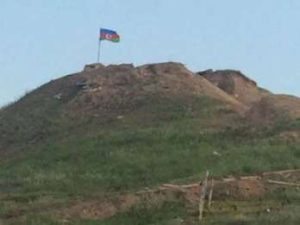
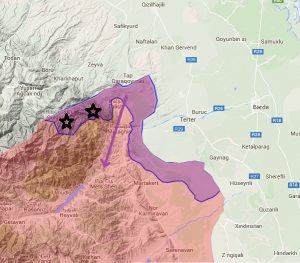
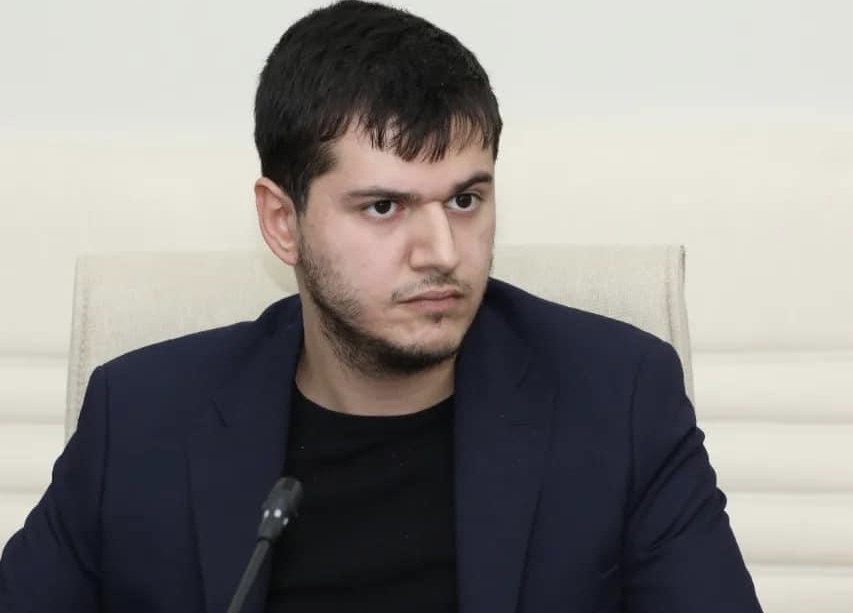

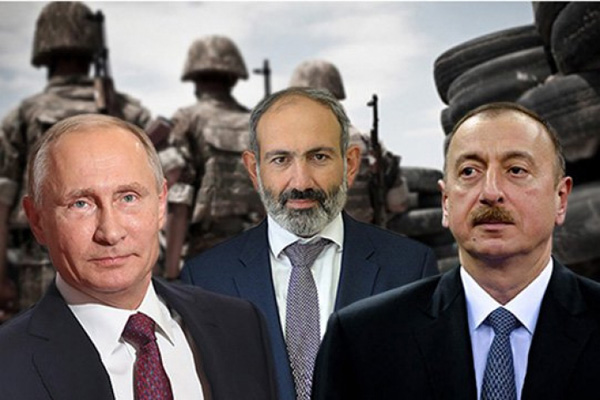


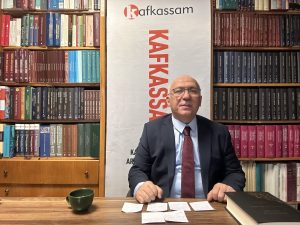

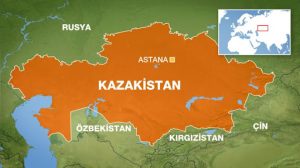
Yorum gönder